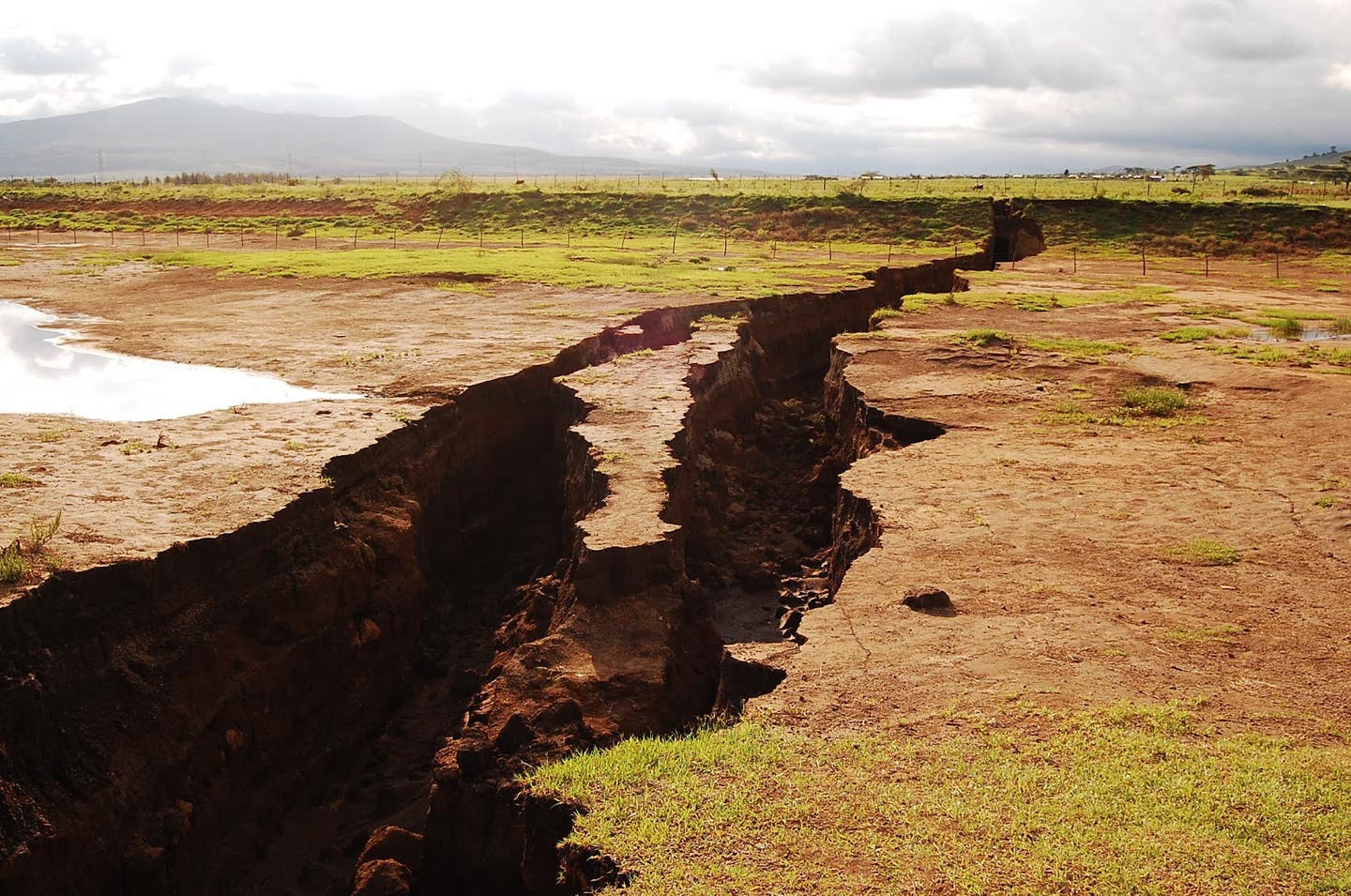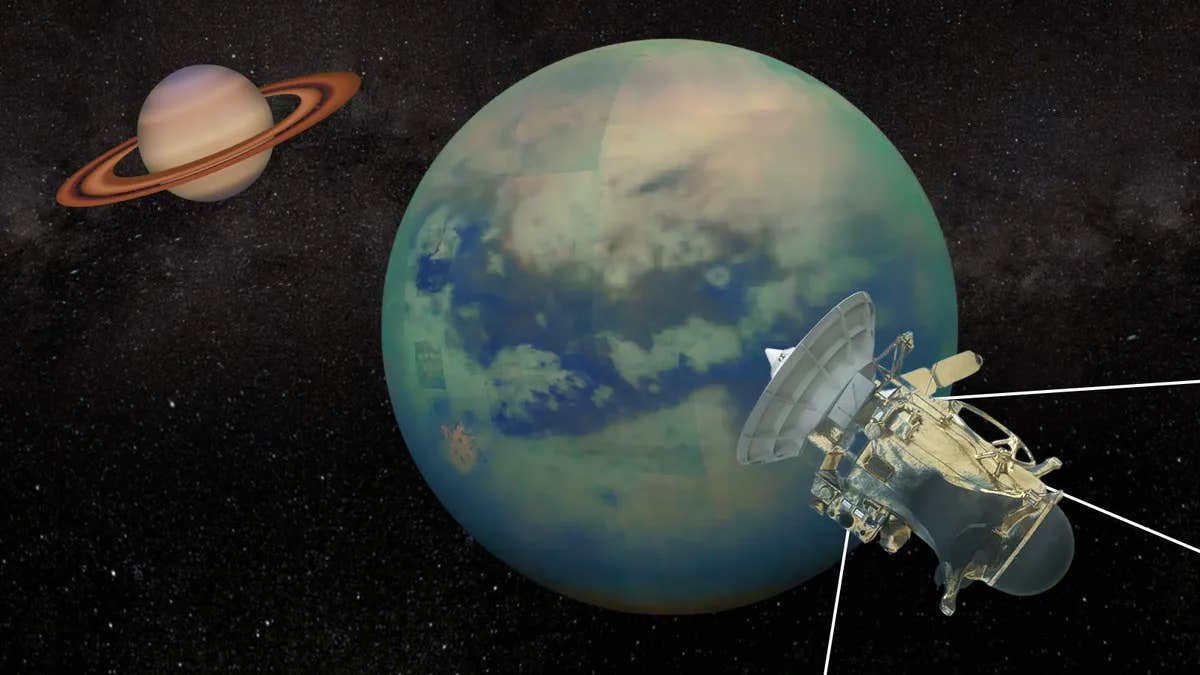Continental splits spark new volcanic activity for tens of millions of years
A new study shows that when continents split, fragments of their deep roots drift into the oceanic mantle and spark volcanic activity for tens of millions of years.

 Edited By: Joseph Shavit
Edited By: Joseph Shavit

Continents drift apart in slow, powerful motions that reshape the world above and below your feet. (CREDIT: Jeff Hazard / CC BY-SA 4.0)
Continents drift apart in slow, powerful motions that reshape the world above and below your feet. A new study now shows that when continents split, they also shed parts of their deep roots. Those pieces do not stay beneath the land. Instead, they are pulled sideways into the mantle under the ocean floor, where they spark volcanic activity for tens of millions of years.
This discovery offers a fresh answer to a long-standing puzzle. Many volcanic islands far from plate boundaries contain chemical signatures that look strikingly continental. You find these clues in places like the Indian Ocean Seamount Province or along long chains of underwater volcanoes near Africa and Australia.
For decades, researchers suggested that these fingerprints came from recycled seafloor or plumes rising from deep within the Earth. But those ideas fall short in areas where the mantle is too cool or where clear evidence of recycling is missing.
What Happens When Continents Split
The new study, led by Thomas Gernon at the University of Southampton, proposes a different story. When continents stretch and finally break, the deep layers beneath them begin to peel away. You can picture it as a slow-motion wave working along the base of a continent. This “mantle wave,” as the team describes it, forms more than a hundred kilometers down. It pushes under the continental root, lifting and scraping parts of the ancient rock.
As tectonic forces continue to pull the land apart, these deep roots weaken. Rayleigh Taylor instabilities form and drop pieces of enriched rock into circulating mantle currents. The fragments do not fall straight down. Instead, they drift sideways into the mantle beneath the young ocean basin, carried by edge driven convection. This sideways flow operates at an incredibly slow pace, yet it continues long after the continents have finished separating.
Co author Sascha Brune from the GFZ Helmholtz Centre for Geosciences explains that the mantle keeps moving long after the surface appears calm. He says the system does not switch off when a new ocean forms because the mantle continues to reorganize itself. That ongoing motion is key to transporting enriched material far from its original home.
Ancient Chemistry on the Ocean Floor
The deep continental root, also known as the subcontinental lithospheric mantle, carries material that has been altered by fluids and carbonated melts over billions of years. This creates unique chemical signatures with elevated 87Sr to 86Sr ratios and distinct Nd and Pb isotope patterns. These signatures, often described as EM1 type, are rarely found in the depleted mantle beneath the oceans unless something delivers them there.
The team’s simulations reveal a clear pattern. Enriched material begins drifting into the oceanic mantle within only a few million years after break up. The largest pulse arrives within about 50 million years. After that, the supply fades as the deep root becomes exhausted. The delivery is not steady. It comes in pulses roughly every five to six million years as new drips detach from the base of the continent.
If you follow this path upward, you can predict when enriched volcanoes will form. The study estimates that it takes around eight to nine million years for the enriched material to rise through mantle convection cells and melt. That means volcanic islands near newly rifted continents should show their strongest enriched signals early in their history.
Evidence From Gondwana's Breakup
To test their model, the team studied volcanic chains across the Indian Ocean. After Gondwana separated more than 100 million years ago, a rush of chemically enriched magma appeared under the new ocean basin. The Christmas Island Seamount Province and the Investigator Fracture Zone both contain strong EM1 signatures, especially closer to Australia. Their oldest eruptions began only about ten million years after India finally split from Antarctica and Australia. The chemical signatures then weakened with time, matching the predicted decline in enriched material drifting from the continental roots.
A similar trend appears at Walvis Ridge in the South Atlantic, where enriched lava erupted soon after break up, then gradually shifted toward depleted mantle characteristics. Change point analyses show key transitions around the times predicted by the model.
Across other regions that once formed a connected volcanic province, such as the Kerguelen Plateau and Ninety East Ridge, scientists see the same story. Enrichment peaks within 50 to 60 million years after break up and then fades as mantle flow carries away the last scraps of continental root.
A New Way to View the Mantle
This work paints a picture of a mantle shaped by slow but organized movement. Instead of acting only during rifting, the mantle continues to shift and carry continental fragments far into the oceans. This helps explain why enriched signatures appear in places too cool or too shallow for deep plumes. It may also help clarify broader chemical patterns, such as the DUPAL anomaly in the Indian Ocean.
There is also a carbon angle. Deep continental roots often contain hydrous and carbon rich minerals. When these are stripped away and drawn into the oceanic mantle, they can influence how carbon moves through the deep Earth. That slow redistribution may help shape long term patterns of volcanic outgassing.
Practical Implications of the Research
These findings reshape how you understand the connections between continents, oceans and the deep Earth. The study shows that break up events can influence mantle chemistry for tens of millions of years, far longer than expected. This helps you predict where enriched volcanic islands might form and how long those chemical signatures will last. It also expands your view of the deep carbon cycle by revealing how continental roots contribute volatile elements to oceanic volcanoes.
For future research, the study encourages scientists to rethink the role of deep plumes in producing enriched ocean island basalts. It also opens doors for new work on how mantle waves affect landscapes, natural resources and the long term evolution of continents.
Research findings are available online in the journal Nature Geoscience.
Related Stories
- Scientists discover how extreme heat forged the world’s continents
- New study redraws the world map: Earth only has six continents
- Zealandia: Scientists discovered Earth’s missing 8th continent
Like these kind of feel good stories? Get The Brighter Side of News' newsletter.
Rebecca Shavit
Science & Technology Journalist | Innovation Storyteller
Based in Los Angeles, Rebecca Shavit is a dedicated science and technology journalist who writes for The Brighter Side of News, an online publication committed to highlighting positive and transformative stories from around the world. With a passion for uncovering groundbreaking discoveries and innovations, she brings to light the scientific advancements shaping a better future. Her reporting spans a wide range of topics, from cutting-edge medical breakthroughs and artificial intelligence to green technology and space exploration. With a keen ability to translate complex concepts into engaging and accessible stories, she makes science and innovation relatable to a broad audience.



